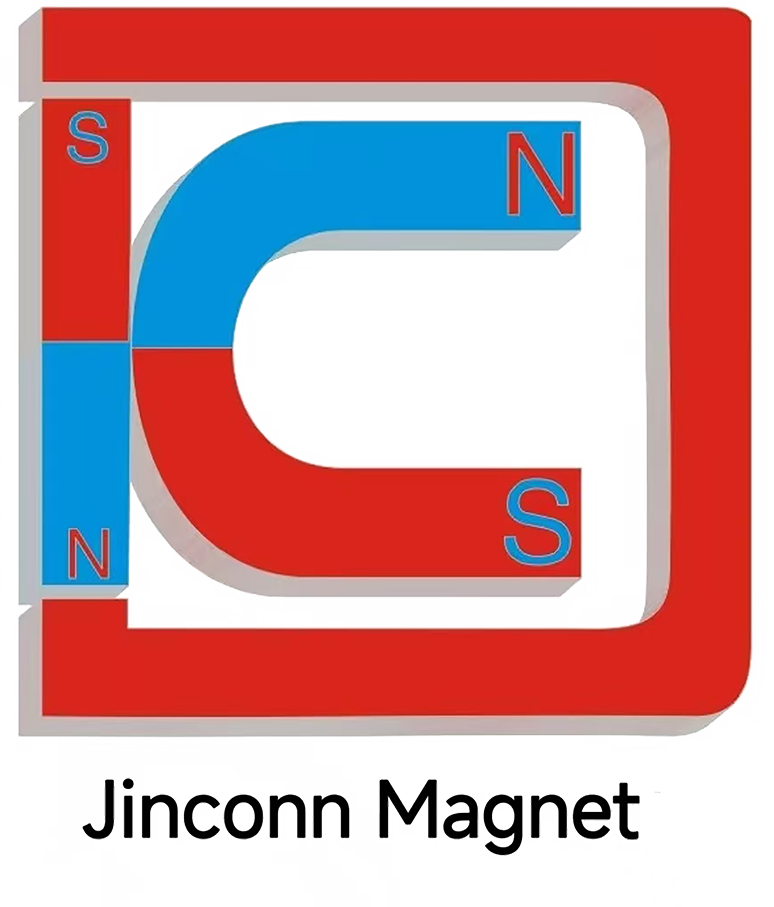Engineering Applications and Innovations in High-Performance Magnets
Engineering Applications and Innovations in High-Performance Magnets
Introduction
High-performance magnets have become a cornerstone of modern engineering, enabling advanced solutions in transportation, energy, healthcare, and electronics. With their superior magnetic strength, energy product, and ability to operate under extreme conditions, these magnets—such as neodymium magnets and rare earth magnets—are powering the next generation of industrial innovation. This article explores the diverse engineering applications of high-performance magnets and highlights key technological advancements driving their continued evolution.
Major Engineering Applications
1. Electric Motors and Generators
Permanent magnets are critical in the development of high-efficiency electric motors and generators. Neodymium magnets (NdFeB), known for their exceptional magnetic flux density and high energy product, are widely used in electric vehicles (EVs), industrial robots, and home appliances. The use of high-performance magnets improves motor efficiency, reduces energy consumption, and enables miniaturization. In wind turbines, rare earth magnets help increase power output while lowering maintenance requirements, playing a key role in the renewable energy transition.
2. Magnetic Resonance Imaging (MRI) and Medical Devices
In healthcare, high-strength magnets are central to the operation of MRI machines, which rely on strong and stable magnetic fields for high-resolution imaging. The unique properties of rare earth magnets allow MRI scanners to operate with high accuracy and reduced scanning times. Beyond imaging, miniature magnets are increasingly used in implantable medical devices, drug delivery systems, and advanced prosthetics, enabling innovation in patient care.
3. Consumer Electronics
The consumer electronics industry has seen rapid advancement through the use of high-performance magnets. Miniature neodymium magnets are essential components in headphones, smartphones, tablets, and hard drives. Their strong magnetic force in small volumes allows for thinner, lighter, and more powerful devices. In wireless charging systems, these magnets enable precise alignment and efficient energy transfer.
4. Industrial Automation and Robotics
Robotics and automation systems demand components with high precision and reliability. High-performance magnets are used in servo motors, sensors, actuators, and magnetic encoders, contributing to greater accuracy and durability. The use of magnets with high coercivity and thermal stability ensures reliable operation in high-speed manufacturing environments and challenging conditions.
5. Aerospace and Defense
In the aerospace sector, the combination of high magnetic strength and low weight is essential for flight control systems, actuators, sensors, and satellite components. High-temperature magnets are specifically engineered to withstand the extreme thermal and mechanical stresses encountered during space missions and military applications. Recent innovations in magnet coatings and alloy composition further enhance their performance in corrosive or high-radiation environments.
Innovations Driving High-Performance Magnets
1. Advanced Materials and Alloys
One major area of innovation is the development of advanced rare earth magnet alloys with optimized properties. Efforts to reduce the dependence on critical elements like dysprosium and terbium—through improved grain boundary diffusion and innovative doping—have led to magnets with enhanced magnetic strength and higher Curie temperatures. Research into samarium-cobalt (SmCo) magnets and iron-nitride (Fe16N2) magnets offers new options for applications requiring extreme durability and high-temperature performance.
2. Miniaturization and Precision Manufacturing
The ongoing trend toward smaller, more powerful devices has accelerated advancements in the miniaturization of magnets. Micro-magnets and custom-shaped magnets produced via precision manufacturing techniques, such as laser cutting and additive manufacturing (3D printing), are opening new possibilities in microsystems, sensors, and MEMS devices. These techniques allow for precise control of magnetic field distribution, enabling previously impossible engineering solutions.
3. Enhanced Coatings and Corrosion Resistance
Magnets used in harsh or humid environments require robust protection. The development of nano-coatings and multilayer surface treatments now extends the service life of magnets, preventing corrosion and maintaining magnetic performance over time. Such advancements are crucial for applications in offshore wind turbines, automotive sensors, and aerospace systems.
4. Eco-Friendly and Recycled Magnets
Environmental concerns and raw material scarcity have driven innovations in recycling and eco-friendly magnet production. Closed-loop recycling of rare earth magnets from electronic waste and the development of rare earth-free magnets are helping to reduce environmental impact while maintaining high performance.
Conclusion
High-performance magnets, with their unmatched magnetic strength, energy product, and versatility, are integral to modern engineering across a wide range of industries. Continuous innovation in material science, manufacturing, and sustainability is unlocking new applications and overcoming existing limitations. From improving motor efficiency in electric vehicles to enabling the miniaturization of medical implants and advancing renewable energy technologies, high-performance magnets will remain at the heart of industrial progress. As the demand for smarter, smaller, and more sustainable solutions grows, the future of high-performance magnet applications and innovations looks both exciting and limitless.




Jinconn WeChat









